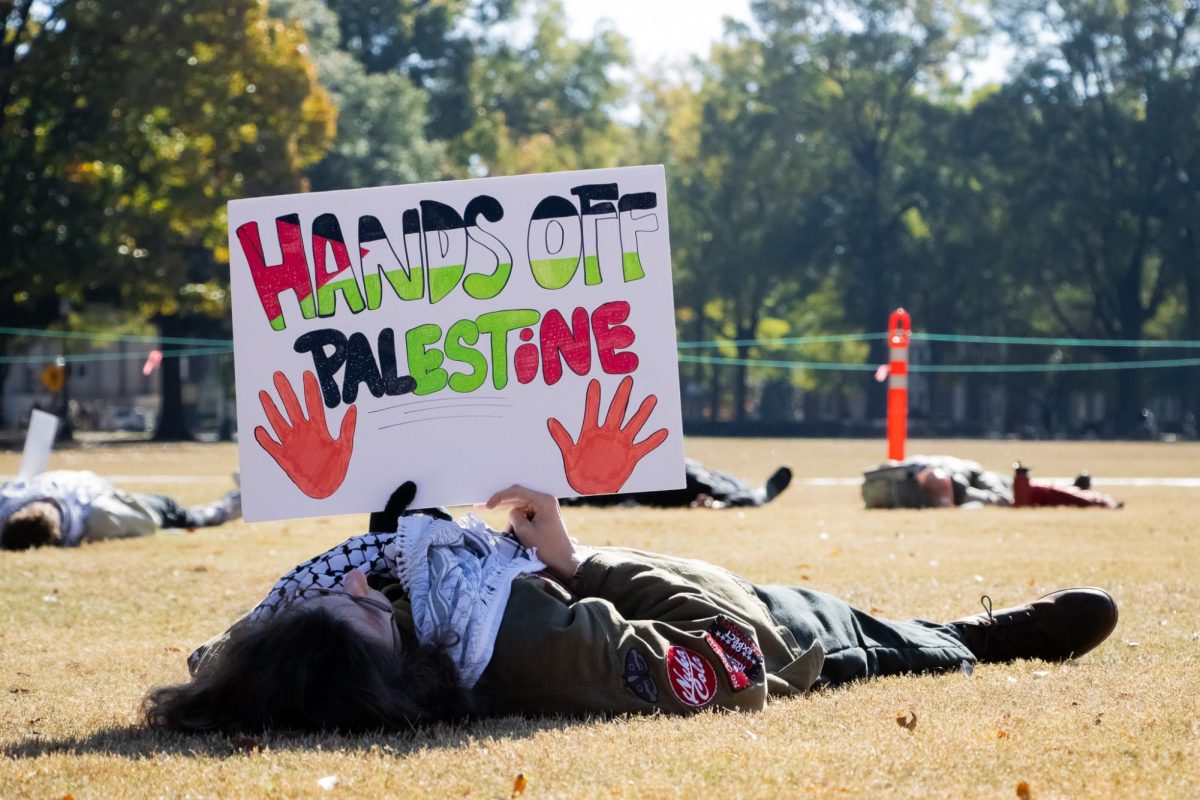The name hides the true purpose behind the center on the third floor of Russell Hall.
More than only being a service to female UA students, the Women’s Resource Center reaches out to include the entire community — including men.
Elle Shaaban-Magaña, WRC director, said the center is inclusive so that it can help change issues facing women in society. By including men in the programs, which many programs do not do, she said it helps create an environment with fair relationships.
“We are designed to be about social change, so we need to include the entire society,” Shaaban-Magaña said.
One of these expanding programs is the Young Men’s Leadership Program, she said, which is a program where UA students work with local elementary school-age boys as mentors. And the WRC Student Leaders Council is made up of men and women, Shaaban- Magaña said.
When the Women’s Resource Center started in 1993, it was designed as a second arm of women’s outreach, with women’s studies as the academic arm of the outreach, said Melanie Miller, associate dean of students and WRC director from 1995 to 2007.
Women on campus had issues and concerns that they kept taking to professors in the women’s studies department who could not provide the services they needed, so Miller said UA officials at the time realized that there was a need on campus for a women’s resource center.
“In the time that it has been here, the growth has been phenomenal and has far exceeded the original expectations,” Miller said.
In 20 years, she said the program has gone from a few offices and half a bookcase for a library to an entire floor and a full library of resources available for students.
“I was pretty much told by the vice president of student affairs at the time that I could help shape the vision. We just had to find the funding,” Miller said.
Various grants from sources like the U.S. Department of Education and the American Association of University Women have supplemented funding provided by the University, which Miller said has helped it to increase more quickly.
As it grows, the center continues to expand programs and services that are available for students, including counseling for victims of relationship violence and sexual assault as well as support groups. Through guest speakers and the Brown Bag Lecture Series, the WRC promotes topics that relate to women throughout the campus.
One challenge the center faces, Shaaban-Magaña said, is trying to address the needs of all women when they come from many different backgrounds, groups and areas of campus.
And even though women outnumber men on campus, she said the work isn’t done.
“We’ve seen a growth, but to say we’re done would be highly premature,” she said.
Instead, the organization wants to continue fulfilling its goal to create an institutional environment “where people can reach their full potential,” Shaaban- Magaña said.
And she said there are improvements. “I wouldn’t do the work if I didn’t see the change,” Shaaban- Magaña said.
The next step now is to continue to build current programs. She said she does not want to add programs without making them meaningful for students. Partnerships will be especially important moving forward so they can continue to reach out to campus, Shaaban- Magaña said.
“There is a richness on this campus, and we want to tap into that,” she said.
For more information about the Women’s Resource Center, visit wrc.ua.edu.








